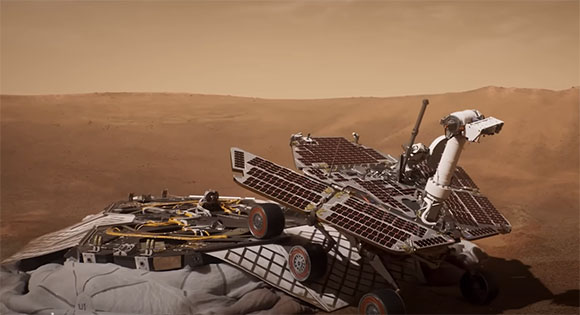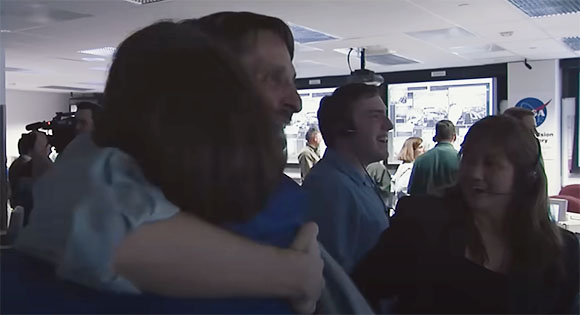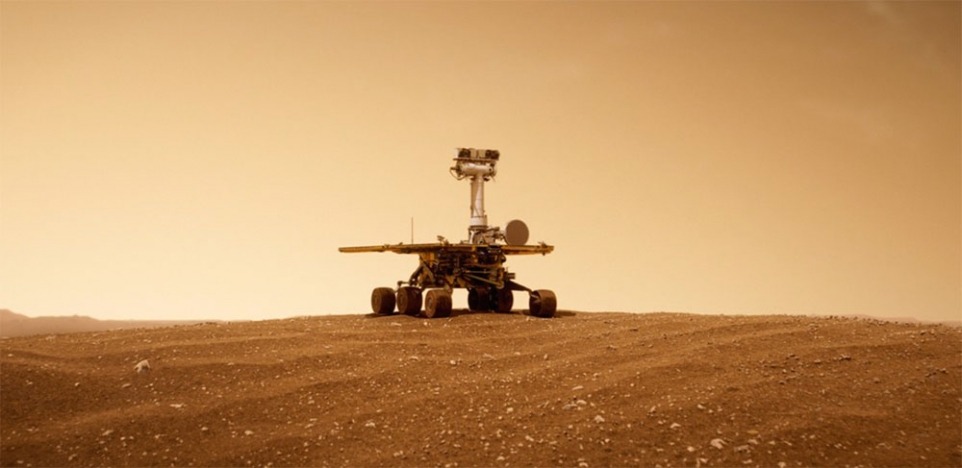“Out yonder there is a huge world, which exists independent of us human beings and which stands before us like a great, eternal riddle, at least partially accessible to our inspection and thinking. The contemplation of this world beckons like a liberation.”
--Albert Einstein, physicist
We are living in the Space Age. It began on October 4, 1957, when the Soviet Union launched the first satellite, Sputnik 1. The first human orbited the Earth on April 12, 1961. The first person set foot on the moon on July 20, 1969. A new era of space flight began with the launching of the American space shuttle Columbia on April 12, 1981. Since then there have been other shuttle flights, a manned international space station, flights to position telescopes, and more.
Most recently, the focus has turned to explorations of the planet Mars and the furthest reachable parts of our galaxy. Mars in particular has always been a lure for humankind. Scientists and science fiction writers have yearned for a chance to explore this mysterious planet as the best chance for extraterrestrial life. The public has also been fascinated by what it would be like to go to Mars and see what is there.

This remarkably touching documentary tells the story of two robotic rovers sent to explore Mars. After years of plans and proposals, the brainchild of geologist and astronomer Steve Squyres was given the green light by NASA. Twin rovers named Spirit and Opportunity were developed with the mission to search for evidence of water and perhaps life on Mars.
After traveling in space almost seven months, the two rovers landed on Mars on January 3 and January 24, 2004. NASA expected them to send back information for 90 days. Both of them lived long beyond that time frame. Opportunity worked nearly 15 years on Mars; it last communicated with Earth from the middle of a dust storm on June 10, 2018.
Directed by Ryan White and co-writer Helen Kearns and narrated by Angela Bassett, Good Night Oppy combines archival footage from NASA with up-close and personal vignettes of the lives, commitment, and creativity of the scientists and engineers at the Jet Propulsion Laboratory in Southern California that worked with the rovers over the years. To enhance the audience’s feeling that they are along on the Mars adventure, Lucasfilm’s Industrial Light & Magic created 34 minutes of photoreal, fully computer-generated scenes of the rovers wandering over the surface of Mars.
A surprising amount of tension arises from this story. Will the robots survive the winter freeze and the high winds of dust storms? How can they clean the camera lens? Can one rover navigate a steep decline into a Mars crater? Would the solar panels provide enough power for years? When Spirit’s front wheel failed, she had to drive backwards. When she got stuck, the public on Earth began demanding that NASA free Spirit!

It's not surprising that Spirit and Opportunity were considered as “family” by their NASA operators or that the public anthropomorphized them. They were, after all, about the height of the average human, appeared to have a head, and moved around like a familiar machine. In addition, science fiction movies had made robots into a friendly sidekicks (R2-D2 in Star Wars) and helpful workers (Wall-E). You’ll find yourself invested in their success and sad to learn that they are no longer roaming around Mars.
Another routine during the mission also helps establish our connection with the rovers. Every day that a rover was to work, the engineers in California played a “wake-up” song. You’ll smile when you hear Steppenwolf’s “Born to Be Wild” played for Oppy on her first day. Abba’s “SOS” was used when it looked like one rover was in trouble. And the final song after 15 years? “I’ll Be Seeing You” by Billie Holliday. For a playlist of some of the Wake-Up songs, go to Spotify.
